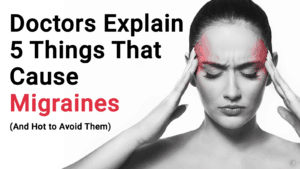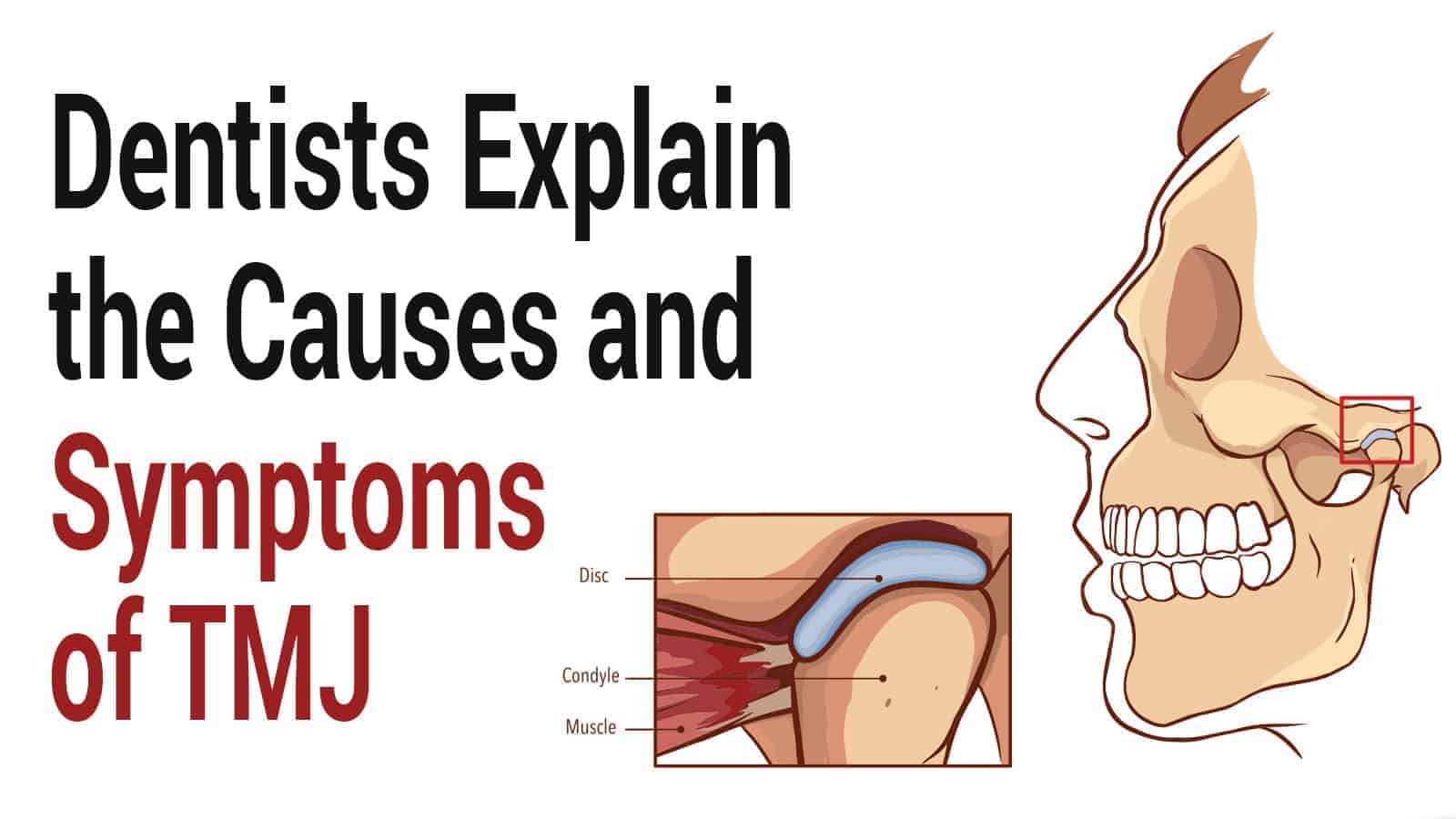Temporomandibular joint dysfunction or TMJ is a painful condition that affects more than 10 million Americans. It’s a prevalent ailment that Private Dentistry specialists diagnose about 3 million times each year. This debilitating condition can last months or even years, and some people need surgical intervention. While it seems to be more prevalent in women, men can also experience pain from this dental issue.
What Is TMJ?
The temporomandibular joint mimics a sliding hinge. The responsibility of this joint is to connect the jawbone and skull. You have one of these joints on both sides of your jawline, which means there are two in total.
When you have TMJ, you have pain in your jaw because the muscles that control the movements experience strain. Dentists often have a hard time determining the exact cause of the condition, but many things can come into play. They have divided this type of joint disorder into three categories, which is solely based on the symptoms.
The categories are:
•Arthritis of the temporomandibular joint
•Myofascial pain in the muscles that rule jaw function
•Internal instability, which is a dislocated jaw from injury or a slipped disk
Many factors can play a role in the development of this condition. Genetics is one crucial aspect. If a mother or father suffered from this ailment, then it’s likely that the children may also have issues with their jawbone.
Another significant issue is grinding your teeth. If you clench and grind your teeth in your sleep, then you have a condition known as bruxism. You can have bruxism and never develop TMJ, but it’s known as one of the leading causes of the development of this disorder.
Thankfully, in most cases, the discomfort that comes with these disorders is usually temporary. There are many non-surgical treatment options available. Surgery is always a last resort when the pain is unbearable, and most people have complete relief of discomfort with any procedure.
 Symptoms of Temporomandibular Joint Dysfunction
Symptoms of Temporomandibular Joint Dysfunction
The pain associated with the dysfunction of the temporomandibular joint is universal. Most people experience the following symptoms:
•Rigid Movements of the Jaw
•Lock Jaw
•Tenderness in the Jaw Area
•Pain in Jaws, Face, or Neck
•Popping or Clicking Noise When Moving Jaw
•Teeth don’t Properly Align
•Ear Pain in and Around the Area
•Intense Headaches even Migraines
•Pain When Chewing
•Inability to Open Mouth Completely
•Pain in Shoulders and Upper Neck Area
•Worn Down Molars
•Teeth no Longer Fit Together Properly
Diagnosing TMJ
Not every jaw pain is a cause for alarm, so diagnosing TMJ can be a challenge. You can experience some discomfort from chewing gum or eating nuts or other crunchy foods. However, when you have an issue with your temporomandibular joint, the pain will be debilitating and last for an extended period.
There is no definitive test that can rule out or prove that you have TMJ. However, if you’ve been suffering from this and nothing over the counter seems to help, then it’s time to see a dentist. The first thing the dentist must do is establish that this isn’t coming from your sinuses or an ear infection, which can give similar symptoms.
If everything is clear, then they will look inside your mouth. They want to ensure that there is nothing else contributing to the pain you feel. The dentist can look at your teeth and be able to tell if you grind them in your sleep. One of the common signs is if the molars wear down from excessive grinding.
People who grind their teeth are at a higher rate of developing this disorder. Use a journal to write down your symptoms. Your dentist can look at the trends and see how often the pain is bothering you.
Imaging may help to confirm a diagnosis
Though there is no definitive test, an MRI, CT or x-ray, can help point them in the right direction. An MRI will show the most detail, but it’s a costly test that is often used as a last resort.
The dentist will look at the imaging reports, go through your journal to identify pain trends, and then make a diagnosis. They can use little indicators in your journal like the pain is worse upon waking and gets better as the day improves. When everything else has been ruled out, then they will identify the condition like TMJ.
Treating Temporomandibular Joint Dysfunction
There are many different methods to treat a disorder of the temporomandibular joint. Depending on the cause of the condition, more aggressive measures may be required.
•Posture Training
One of the most basic ways to treat this condition is by learning how to rest the mandible and cervical spine alignment. When you learn how to breathe in and out through your nose correctly, it will put the head and cervical spine at rest. By utilizing the spine, head, and jaw posture training, many find complete relief.
•Myofascial Massage
A soft tissue massage on the facial muscles often reduces the inflammation and sensitivity in the area of this joint. It allows the joint to move freely, and it promotes flexibility. Many people notice a remarkable improvement after the first massage.
•Joint Manipulation
This physical therapy method consists of a variety of skilled movements that are used at various speeds. The goal is to reestablish flow and improve the mechanics of the joint, which will enhance function and decrease pain.
•The Use of Biophysical Agents
Biophysical agents are a large group of treatment options that include electrical, sounds, and light therapy. They help to promote muscle generation and contraction. Additionally, they help to stop the malignant muscular activity, which helps to speed the rate of healing in the tissues.
Things used include a Tens unit, laser lights, or an ultrasound. Any combination o these agents can be used to promote healing.
•Intramuscular Dry Needling
Dry needling is very similar to acupuncture in methodology. A needle is inserted into the muscular tissues and is put into the myofascial trigger point. Since this point is known to radiate pain in the entire body, the goal is to break the vicious cycle.
Muscle tissue will be restored to its regular length, and therefore, the range of motion improves as the muscle strengthens.

•Neuromuscular Reeducation
Neuromuscular rehabilitation uses physical activity to enhance balance. It also enhances synchronization, kinesthetic perception, stance, core strength, the effectiveness of muscle contractions, and it helps to increase motor skills. During this phase of the rehabilitation process, it’s essential to promote independence. At this point, the patient should be able to reap the benefits and maintain them.
•Craniosacral Therapy
Sometimes, the best approach is to use hands-on techniques to relieve tension in the body. When using craniosacral therapy, many see an improvement in their whole-body health. The goal is to normalize the area closest to the spinal cord and brain.
When these areas are aroused, then the body’s unique ability to self-heal is stimulated. Craniosacral therapy is widely used for pain relief in many disorders, but it’s especially helpful in TMJ.
•Physical Therapy mobilization treatments
There are many moves that a trained physical therapist can do to the jaw joint. The goal is to decompress the temporomandibular joint by manipulating it. By finding the point of least resistance, the thumb is inserted behind the back molar to maneuver it. The movements are general, graded, and purposeful. These gentle techniques help relieve jaw, head, and face pain, and it also restores regular jaw movements.

•Surgical Intervention
When all the available methods of holistic care don’t help, and a person is still in a great deal of pain, then it’s time to consider surgery. Arthrocentesis is a commonly used procedure. During this operation, the surgeon will remove any fluid that has built up in the joint. Additionally, the surgeon removes any scar tissue that could be contributing to pain.
Open joint surgery is often reserved for the worst cases. When the discs are damaged, then the goal is to reposition the discs or enhance the cushion around them. This operation will require more healing time as it’s invasive.
One of the most preferred methods of surgery is arthroscopic. In this procedure, the recovery time is faster. No incisions are made, as this is a minimally invasive operation. A tube is inserted into the jaw, and it repositions the disc and removes scar tissues from the joint area.
Final Thoughts on Dealing With TMJ
The first step when dealing with TMJ is to see a dentist. The severity of your case can be easily identified through an MRI or other imaging scans. Most doctors will try a variety of treatment options to see if the misalignment will respond. When all else fails, surgery will be considered.
Thankfully, many cases don’t require any surgical intervention. Most people suffer from this condition for a short period. Doing things like wearing a mouth guard at night can stop the excessive teeth grinding, which often contributes to this vexing problem.
TMJ is a common problem that dentists can easily resolve. So many holistic options are available that only the worst cases go under the knife.














 Community
Community

